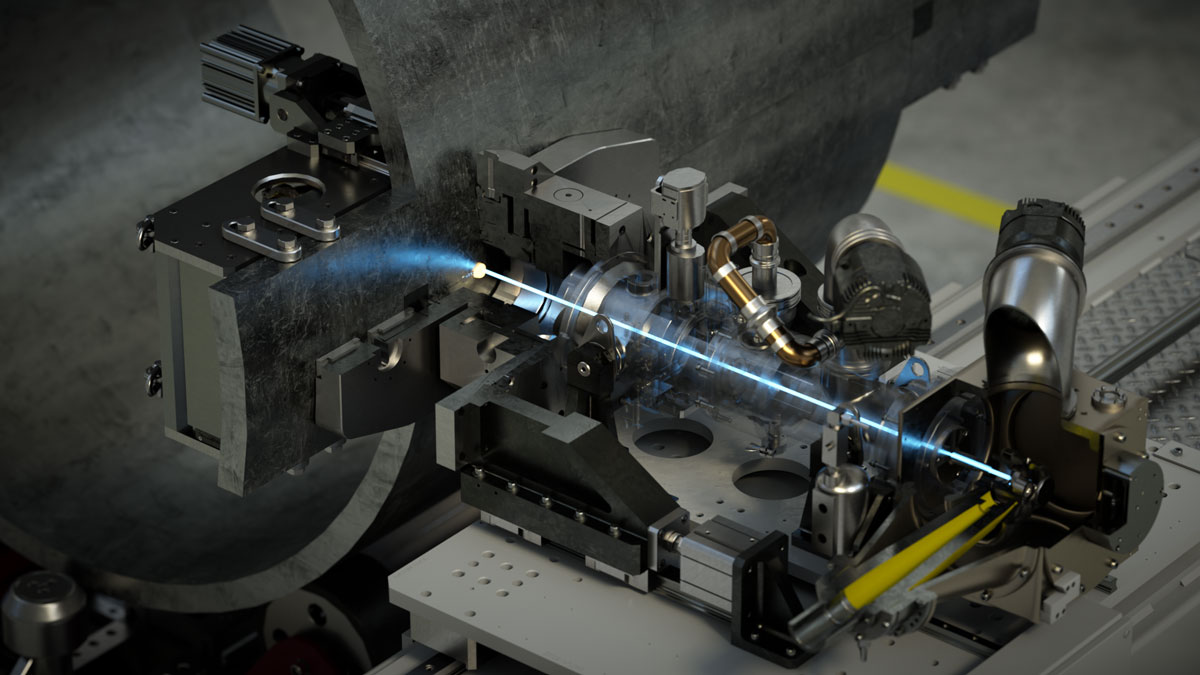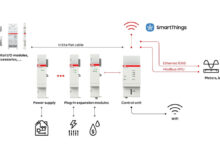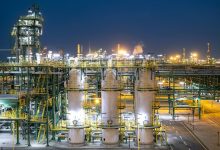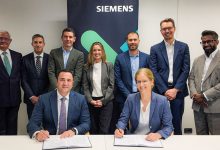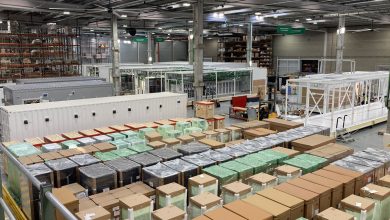EbflowTM, First Electron Beam Welding of Wind Turbine Monopile
A collaboration between Cambridge Vacuum Engineering (CVE), SSE Renewables, Sif Group, and TWI, has resulted in the first-ever electron beam welded section to be incorporated in an offshore wind turbine monopile foundation (transition piece). The resulting monopile is set for installation in the second phase of Dogger Bank Wind Farm, which is located more than 130km off the Northeast coast of England.
Monopiles are currently fabricated using conventional techniques such as submerged arc welding (SAW), but the consortium has demonstrated that electron beam (EB) welding is significantly quicker, cheaper, cleaner, more energy efficient and produces high quality welds with excellent fatigue properties.
The type of electron beam welding technology used – called EbflowTM – is an innovative development within the electron beam welding industry. Instead of welding inside a costly and size-limiting vacuum chamber, Ebflow uses a local vacuum system that creates and maintains a vacuum around only the seam that is being welded. This technique unleashes the potential to use EB welding on large structures, such as the biggest monopiles, while reducing costs and enhancing productivity. The technology – developed by CVE – has been shown to weld monopiles at least 25 times faster than current methods, whilst using 90% less energy, costing 88% less, and producing 97% less CO2 emissions than SAW methods.
The project required installation of an Ebflow system at Sif’s Maasvlakte 2 facility in Rotterdam to perform several longitudinal welds on 2750 mm length seams on 8m diameter rolled cans with a wall thickness of between 67-85mm. Qualification of the welding machine, weld procedures and operators were witnessed by third party inspectors and the regulatory body, DNV, which subsequently issued a technology qualification for EB welding and non-destructive testing (NDT) of the longitudinal seams produced with the process. The comprehensive performance testing programme proved that Ebflow produces welds with fatigue strength that is at least as good, if not better, than observed in equivalent arc welded joints.
The resulting can was incorporated into a monopile transition piece in January 2023 and is scheduled to be installed offshore as part of a foundation in Dogger Bank Wind Farm in late 2023.
“This is a ‘first-in-class’ project, establishing this UK innovation as a world-leading technology. With monopile type foundations accounting for over 90% of foundations used in UK projects, Ebflow RPEB could realise significant cost savings on future projects. These substantial savings will not only benefit the UK offshore engineering industry but could be passed on to UK energy consumers. We’re proud to be pioneering this innovative technique on Dogger Bank Wind Farm by demonstrating its capabilities on a critical offshore component and this would not have been possible without the great collaborative work with Cambridge Vacuum Engineering (CVE), Sif Group, and TWI. We’re excited about what could be achieved by scaling up this method to pick up the pace as we work towards net zero targets,” Olly Cass, SSE Renewables Project Director for Dogger Bank Wind Farm, said.
Dogger Bank Wind Farm is a joint venture between SSE Renewables, Equinor and Vårgrønn. The farm is being built in three 1.2GW phases and is expected to start generating power this summer.
About Cambridge Vacuum Engineering
Aquasium Technology Ltd, trading as Cambridge Vacuum Engineering (‘CVE’), design and build process solutions and has more than 60 years’ experience manufacturing electron beam (EB) systems in a range of industrial sectors including aerospace, nuclear, automotive, oil and gas, and sensors. The company exports around 95% of its systems with primary markets in USA, China, India, and Europe. CVE’s range of EB welding equipment includes systems ranging from 50-200kV with beam powers up to 100kW. CVE has a team of designers and engineers to enable them to design and build bespoke manufacturing equipment to meet their customer’s requirements.
About Ebflow
Ebflow is a local vacuum electron beam welding system, which can be readily transported and operated on-site and applied to structures significantly larger than those that can be accommodated in a vacuum chamber. Ebflow eliminates the need for a vacuum chamber through a local, coarse vacuum, which is established and maintained only where it is needed. Ebflow facilitates very high joint completion rates in thick-section metals and is 20-30 times faster than conventional submerged arc welding: achieving 200mm per minute in 150mm thick steel – allowing for the fastest thick-section rates ever.
About Dogger Bank Wind Farm
Dogger Bank Wind Farm, located more than 130km off the north-east coast of England, is a joint venture between SSE Renewables (40%), Equinor (40%) and Vårgrønn (20%). SSE Renewables is lead operator for the development and construction of Dogger Bank Wind Farm. Equinor will be lead operator of the wind farm on completion for its expected operational life of around 35 years. The wind farm, which will generate 3.6 GW of capacity, is being built in three 1.2 GW phases, named Dogger Bank A, B & C, and will be able to power the equivalent of 6 million UK homes on completion. Offshore construction on Dogger Bank A started in 2022 with the installation of high voltage cables and monopile and transition piece foundations. Turbine installation will begin on Dogger Bank A this year, and first power generation is expected in 2023.


